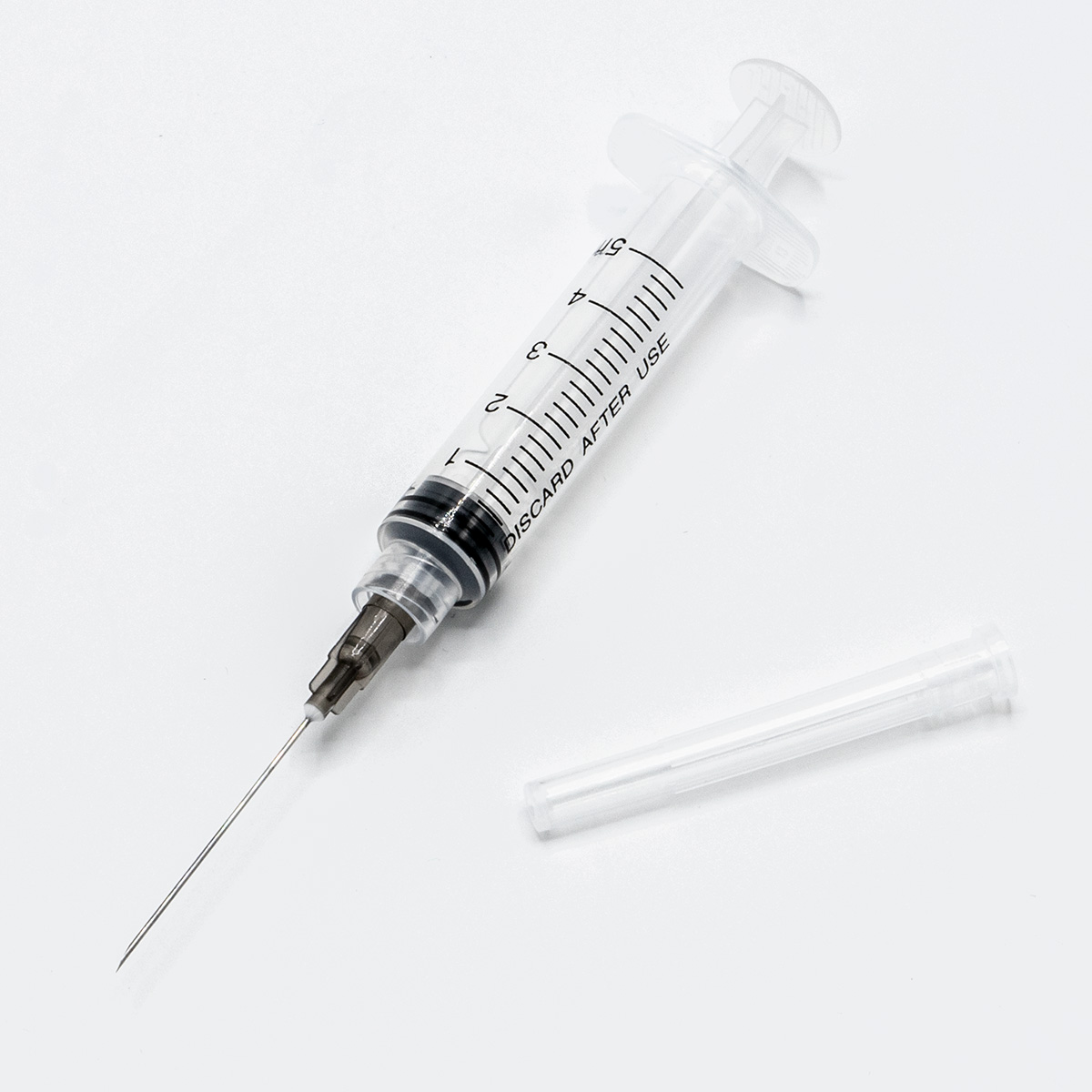Upper Limb Spasticity: Symptoms, Causes, Treatment
What are the symptoms of upper limb spasticity?
Upper limb spasticity refers to increased muscle tone and stiffness in the muscles of the upper limb, which can occur after a stroke, brain injury, or neurological condition such as multiple sclerosis or cerebral palsy. Symptoms of upper limb spasticity may include:
- Muscle stiffness: Increased resistance to passive movement, making it difficult to move the arm or hand smoothly.
- Muscle spasms: Involuntary muscle contractions that can be painful and disruptive to movement.
- Decreased range of motion: Difficulty moving the arm or hand through its full range of motion.
- Joint contractures: Permanent tightening of the muscles and tendons around a joint, leading to a fixed joint position.
- Abnormal posture: The arm may be held in a fixed or abnormal position, such as bent at the elbow or wrist.
- Difficulty with fine motor tasks: Difficulty with tasks that require precise movements, such as writing or buttoning a shirt.
- Pain: Spasticity can be painful, especially during muscle spasms or when trying to move the affected limb.
- Fatigue: The effort required to overcome spasticity can lead to fatigue, especially with prolonged or repetitive movements.
It’s important for individuals experiencing symptoms of upper limb spasticity to seek medical evaluation and management by a healthcare provider. Treatment options may include physical therapy, medications (such as muscle relaxants or botulinum toxin injections), and in some cases, surgery to release tight muscles or tendons.
What are the causes of upper limb spasticity?
Upper limb spasticity is often caused by damage to the areas of the brain or spinal cord that control voluntary movement. Some common causes of upper limb spasticity include:
- Stroke: A stroke occurs when the blood supply to part of the brain is interrupted or reduced, leading to damage to brain tissue. This can result in spasticity in the upper limb on the side of the body opposite to the side of the brain affected by the stroke.
- Brain injury: Traumatic brain injury (TBI) or other types of brain damage can result in upper limb spasticity, especially if the injury affects the motor areas of the brain.
- Cerebral palsy: Cerebral palsy is a group of neurological disorders that affect movement and coordination. Spastic cerebral palsy, characterized by increased muscle tone and stiffness, can lead to upper limb spasticity.
- Multiple sclerosis (MS): MS is a chronic autoimmune disease that affects the central nervous system. It can cause damage to the myelin sheath (the protective covering of nerve fibers), leading to spasticity and other neurological symptoms.
- Spinal cord injury: Damage to the spinal cord can result in spasticity in the upper limbs, depending on the level and severity of the injury.
- Neurological conditions: Other neurological conditions, such as ALS (amyotrophic lateral sclerosis), can cause upper limb spasticity as a result of nerve damage.
- Brain tumors: Tumors in the brain can cause pressure on surrounding brain tissue, leading to spasticity and other neurological symptoms.
- Genetic disorders: Some genetic disorders, such as hereditary spastic paraplegia, can cause spasticity in the upper limbs.
Treatment for upper limb spasticity depends on the underlying cause and may include physical therapy, medications, injections, and in some cases, surgery. It’s important for individuals with upper limb spasticity to work closely with their healthcare providers to develop a treatment plan that meets their specific needs.
What is the treatment for upper limb spasticity?
The treatment for upper limb spasticity depends on the underlying cause and severity of the condition. Some common treatment options include:
- Physical therapy: Physical therapy can help improve range of motion, flexibility, and strength in the affected limb. Therapists may use stretching exercises, range-of-motion exercises, and other techniques to help manage spasticity.
- Occupational therapy: Occupational therapy focuses on improving the ability to perform daily activities. Therapists may recommend adaptive equipment or techniques to help make tasks easier to perform despite spasticity.
- Medications: Medications may be prescribed to help manage spasticity. These may include muscle relaxants, such as baclofen or tizanidine, or medications that act on the nervous system, such as gabapentin or pregabalin.
- Botulinum toxin injections: Botulinum toxin injections (such as Botox) can be used to temporarily weaken or paralyze the muscles affected by spasticity. This can help reduce muscle stiffness and improve range of motion.
- Intrathecal baclofen therapy: For severe spasticity that does not respond to other treatments, a pump can be implanted under the skin to deliver baclofen directly to the spinal cord, where it can help relax the muscles.
- Surgery: In some cases, surgery may be recommended to release tight muscles or tendons, improve joint function, or correct skeletal abnormalities that contribute to spasticity.
- Nerve blocks: Nerve blocks, which involve injecting a local anesthetic or medication near a nerve to block its signals, can be used to temporarily relieve spasticity.
- Functional electrical stimulation (FES): FES uses electrical currents to stimulate muscles and improve movement in the affected limb.
Treatment for upper limb spasticity is usually individualized based on the specific needs and goals of the patient. It’s important for individuals with upper limb spasticity to work closely with their healthcare providers to develop a comprehensive treatment plan that addresses their unique needs.




